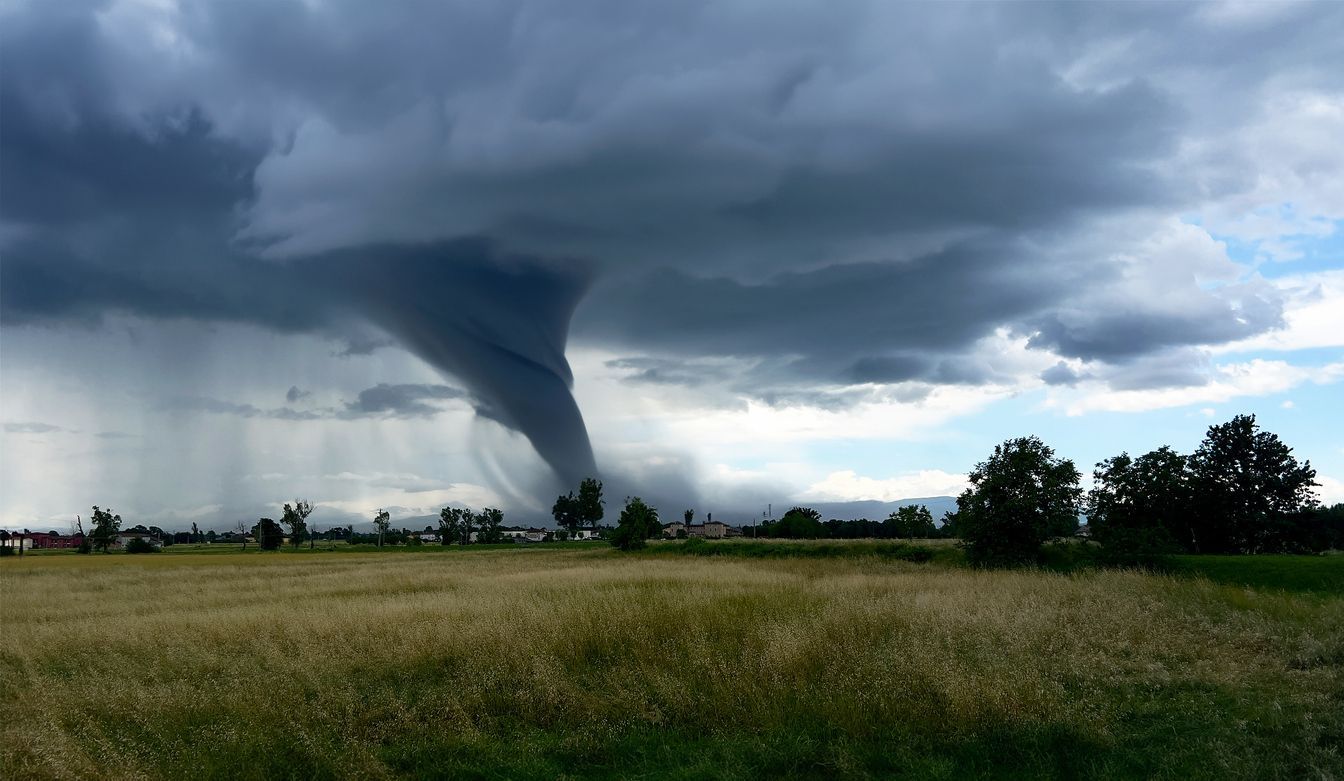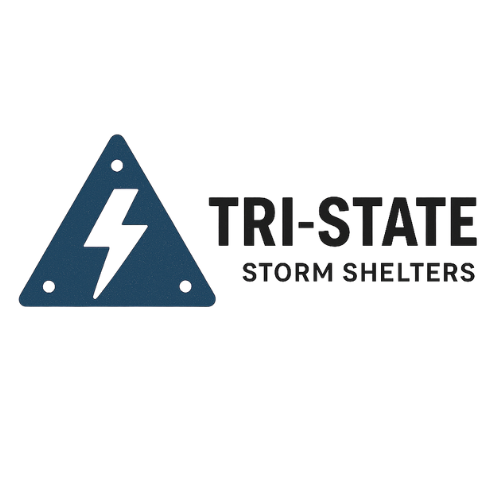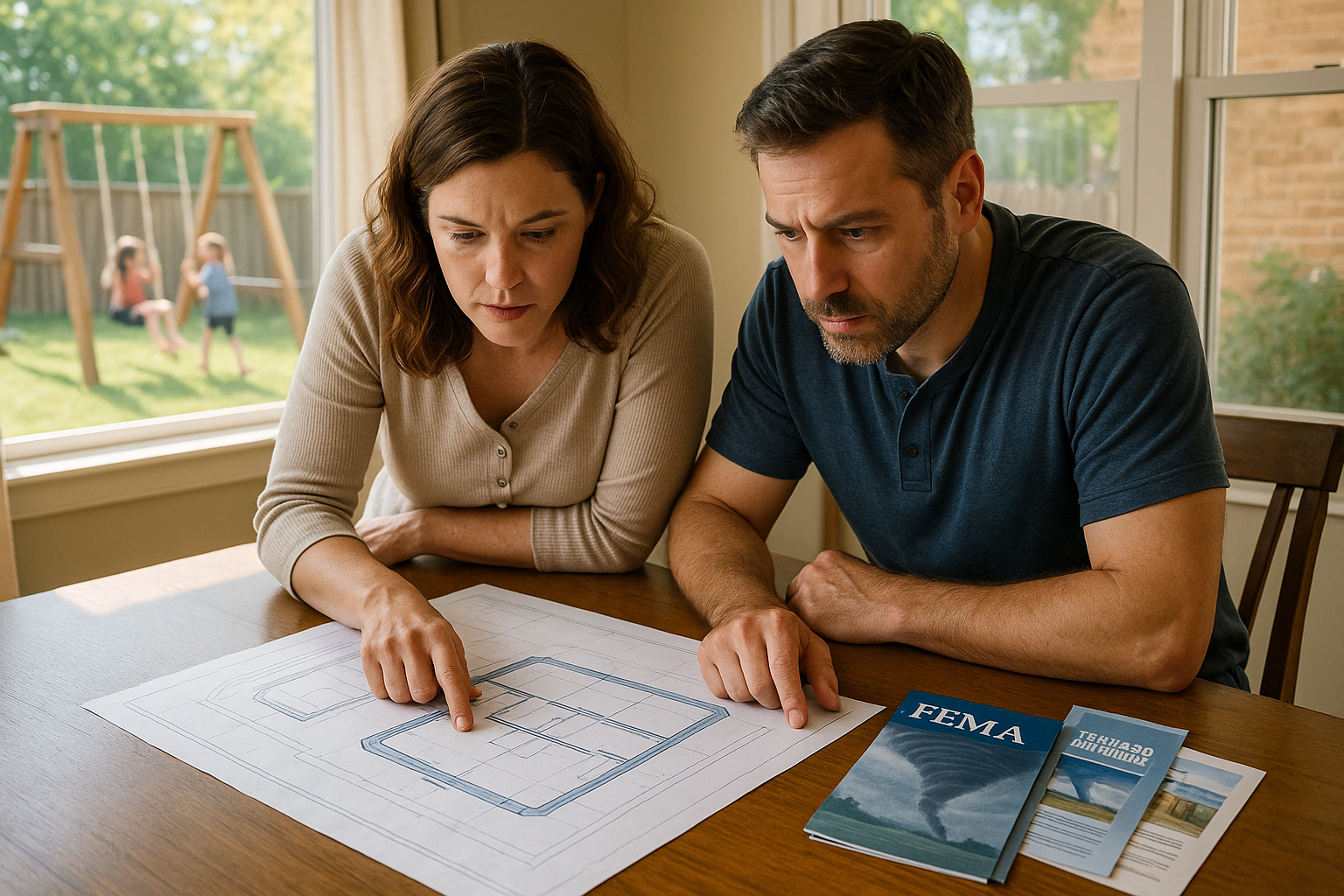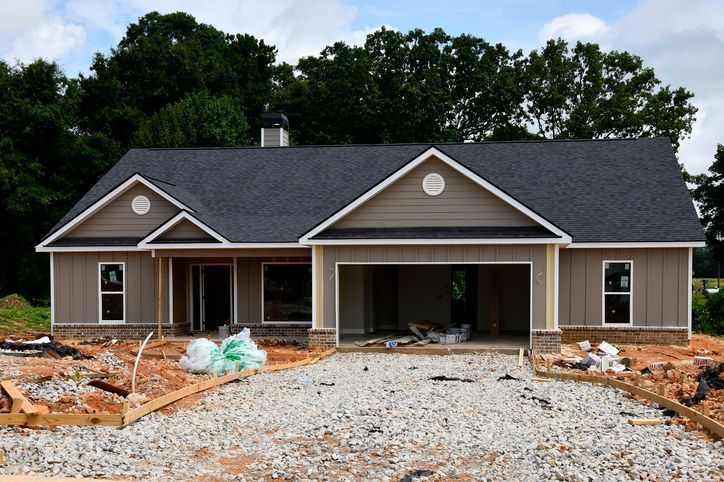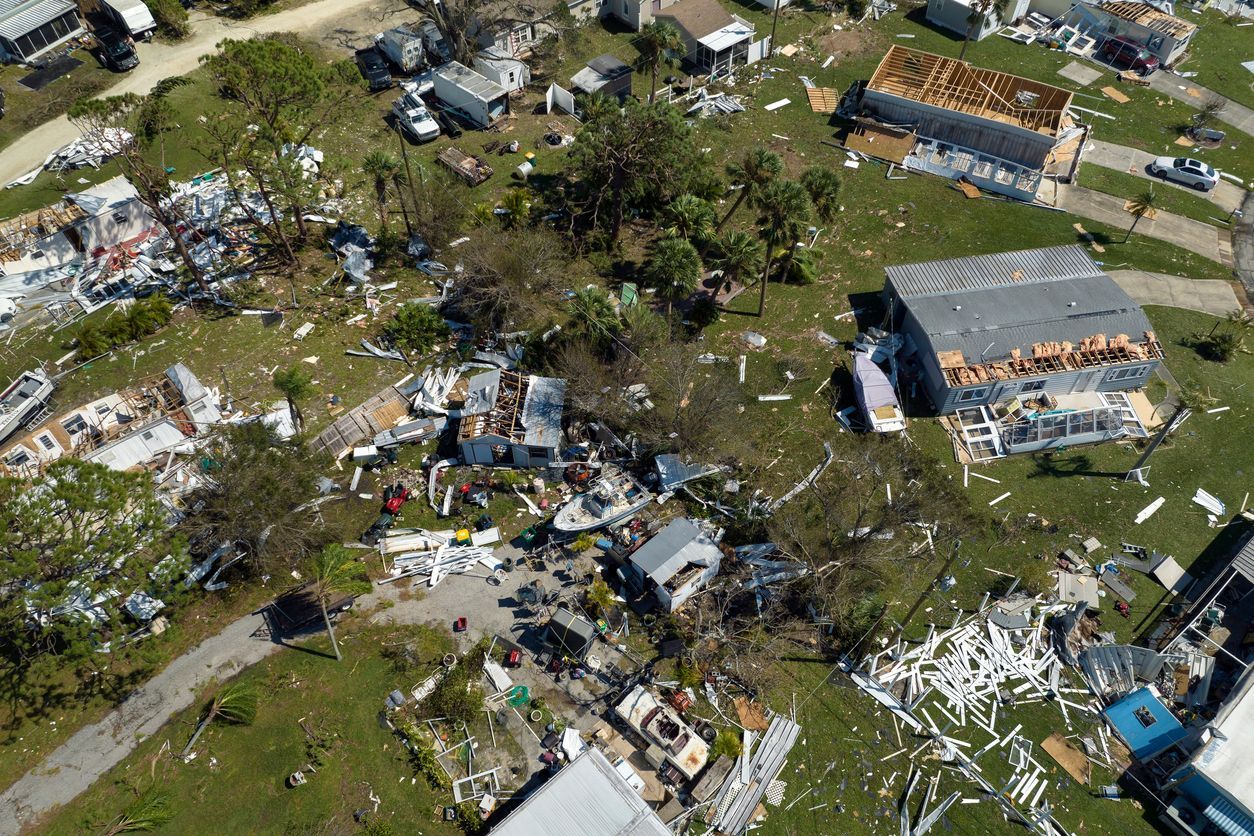Can a Storm Shelter Be Moved? Everything Homeowners Need to Know
If you’ve invested in a storm shelter, you already know the peace of mind it brings. But what happens if you move to a new house? Can you take your storm shelter with you, or is it a permanent fixture?
This is a common question homeowners ask when they relocate — especially in tornado-prone regions like Illinois, Indiana, and Kentucky. Moving a storm shelter is possible in some cases, but not all. The answer depends on the type of shelter, how it was installed, and the costs of removal versus replacement.
In this blog, we’ll break it down step by step:
- Which types of storm shelters can be moved
- Which types are usually permanent
- The pros, cons, and costs of relocating a shelter
- What experts recommend if you’re moving homes
Above-Ground vs. Underground: The Key Factor
When people ask “Can I move my storm shelter?” the first thing to determine is whether the shelter is above-ground or underground.
Above-Ground Bolt-Down Shelters
- Portability: High.
- These units are typically steel, pre-fabricated, and anchored to a concrete slab in a garage or carport.
- To relocate, contractors can unbolt the unit, use a forklift or crane to lift it, and transport it to a new site.
- Considerations: The new home must have a slab strong enough to re-bolt the shelter.
Underground Shelters
- Portability: Low.
- In-ground shelters are usually buried in a backyard or set into a garage floor.
- They’re anchored in concrete and often surrounded by soil or gravel backfill.
- Excavating, lifting, and moving one is technically possible but often costs more than installing a new one.
- Considerations: Risk of cracking or damage during removal is high.
Prefab vs. Custom-Built
The second factor is whether your shelter is prefabricated or custom-built.
- Prefabricated Steel Shelters
- Designed in a factory, shipped as a single unit, and often easier to transport.
- Common for above-ground models.
- Custom-Built Concrete Shelters
- Poured-in-place concrete or cinder block structures.
- Functionally permanent — not designed to be moved.
The Costs of Moving a Storm Shelter
Moving a storm shelter isn’t like moving a refrigerator — it requires specialized equipment and professionals.
- Above-Ground Shelters
- Costs typically range from $2,500–$5,000, depending on size, distance, and whether modifications are needed for the new slab.
- Underground Shelters
- Removal and transport can cost $10,000 or more, making it less economical than buying a new unit.
- Excavation alone is costly, and there’s no guarantee the shelter will survive the move intact.
Insurance, Resale, and Value Considerations
Before deciding to move your shelter, think about the financial side:
- Home Resale Value
- A storm shelter is a selling point, especially in tornado-prone regions. Leaving it behind may help your home sell faster and at a higher price.
- Insurance Discounts
- Some insurers offer discounts for homes with FEMA-compliant shelters. A relocated shelter may or may not qualify if not reinstalled properly.
- FEMA Grants
- FEMA and state rebate programs usually apply only to new installations, not relocations.
Expert Recommendations
Most storm shelter professionals recommend leaving underground shelters in place when moving homes. For above-ground shelters, relocation is feasible but should only be done by certified installers.
In many cases, homeowners decide to:
- Leave the shelter as a selling feature for the old home.
- Purchase a new, modern shelter for the new home — often with updated safety certifications.
FAQs About Moving Storm Shelters
1. Can I move my garage-installed above-ground shelter?
Yes. These are designed to be bolted and unbolted. You’ll need professional movers with equipment.
2. Can I move my backyard underground shelter?
Technically possible, but very costly. Most homeowners choose not to.
3. Is it cheaper to move a shelter or buy a new one?
Usually, buying a new one is more cost-effective, especially for underground shelters.
4. Can I move the shelter myself with friends and a forklift?
Not recommended. Shelters weigh several tons, and improper handling could damage the unit — or worse, make it unsafe in a tornado.
5. Does moving a shelter void its FEMA or ICC compliance?
It can. If the reinstallation does not follow manufacturer specs and anchoring requirements, certification may not apply.
Ready to plan your next move with safety in mind?
Whether you’re staying put or starting fresh in a new home, your family’s protection should always come first. If you’re unsure whether to move your current storm shelter or install a new one, our team can help you make the safest — and most cost-effective — decision.
👉 Contact StormVault Shelters today for expert guidance, professional installation, and peace of mind that lasts no matter where life takes you.
